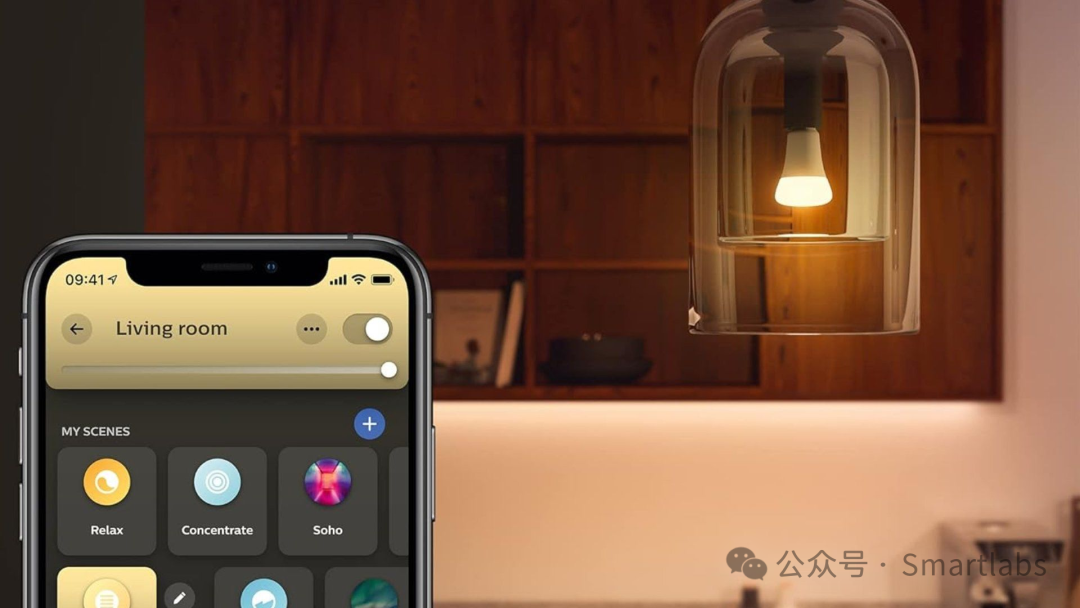If you are building a smart home, you may feel confused: Zigbee, Z-Wave, or Thread? The answer is actually quite simple—if in doubt, choose Matter.

Building a smart home requires learning a lot of new terminology, which can understandably be daunting. How do people differentiate between terms like Zigbee, Z-Wave, and Thread? Fortunately, this is not rocket science, and we can easily answer the questions you are most likely to have.
All Three Are Compatible with Matter
The Matter protocol greatly simplifies the process of building a smart home because it is a universal standard compatible with all major smart home platforms. However, this does not mean that every product you want will have Matter compatibility. For example, Philips Hue bulbs do not have built-in Matter functionality and instead use Zigbee.

However, you can still use Matter to control Philips Hue bulbs. You just need a so-called Matter gateway, which is a device that bridges the two communication protocols. You would need the Philips Hue gateway to control Philips Hue bulbs, and this gateway acts as the Matter gateway.
While the implementations of Z-Wave and Thread may differ, you can ultimately use Matter to control them as well. All three protocols require a similar type of gateway device, just with different names. For example, for Thread, this device is called a border router.
Each Has Different Advantages Compared to Wi-Fi Devices
Wi-Fi is ubiquitous, so it is not surprising that many products default to using Wi-Fi as the home networking method. This is the network that most of us already have.
We can say a lot about the differences between Zigbee and Matter. Zigbee is a wireless protocol used for smart lighting, outlets, sensors, and switches. It creates a personal area network (PAN) that connects these devices to smart switches and is designed for very low power consumption.
Z-Wave is a similar protocol with similar uses, connecting and controlling similar devices over a low-power network. Z-Wave is just a different competitive solution to the same problem. However, it has key advantages, such as long-range communication capabilities, with a straight-line distance of up to 1.5 miles. Even in the Matter era, Z-Wave remains relevant.
Thread is another low-power mesh network protocol aimed at smart home devices. The key advantage of Thread is that it can form a self-healing network, meaning that each device in the Thread network can communicate directly with other devices without relying on an intermediate gateway.

Zigbee and Z-Wave Require Separate Gateways and Bridge Devices
Both Zigbee and Z-Wave share a common limitation in that they require a gateway to connect to the internet or your smart home platform. If you purchase your first Zigbee or Z-Wave product, this means you will also need to buy a separate gateway to actually use its smart features.
As for Matter compatibility, these gateways often also serve as Matter gateways. The gateway responsible for controlling your Zigbee or Z-Wave devices also converts their communication to the Matter protocol so that any Matter-compatible gateway can manage these devices. For example, my Samsung The Frame TV does not need to explicitly support Zigbee or Z-Wave, as long as the gateway itself is Matter compatible.
Thread Devices Are Still Relatively Uncommon
Thread devices offer the strongest resilience, making them a more reliable choice than Wi-Fi, Zigbee, and Z-Wave, ensuring that your smart home can continue to operate in most situations.
However, as a relatively new protocol, there are currently not many devices that support Matter-over-Thread. You cannot yet build a smart home where all smart switches, door locks, floor lamps, and air conditioners are Thread devices.
Fortunately, the available products are continuously increasing. Here is the current list of certified Thread devices.
One Protocol to Rule Them All
Ultimately, Matter makes building a smart home easier because you no longer need to focus on these terms as you did in the past. Previously, your choice of protocol might limit your options, but now, Matter acts like glue, allowing all protocols to use the same language. Your smart home can include devices from all four protocols and still work as you desire.